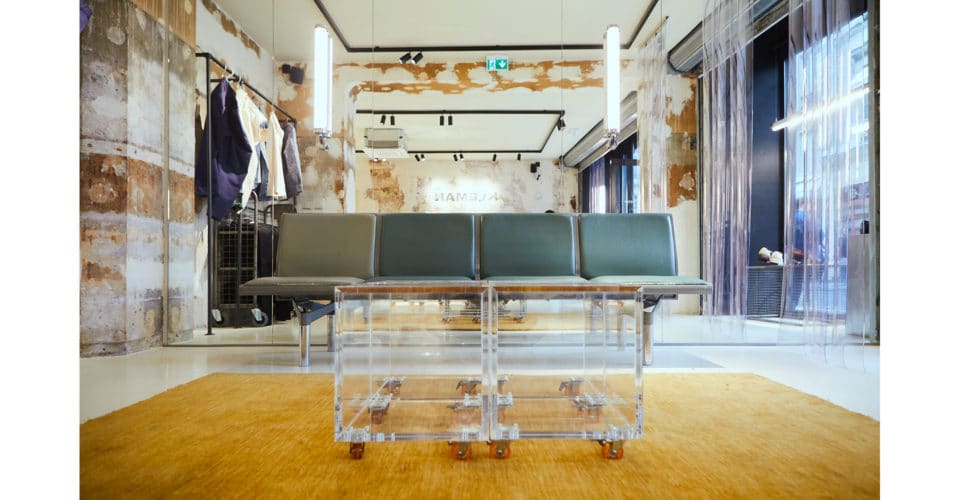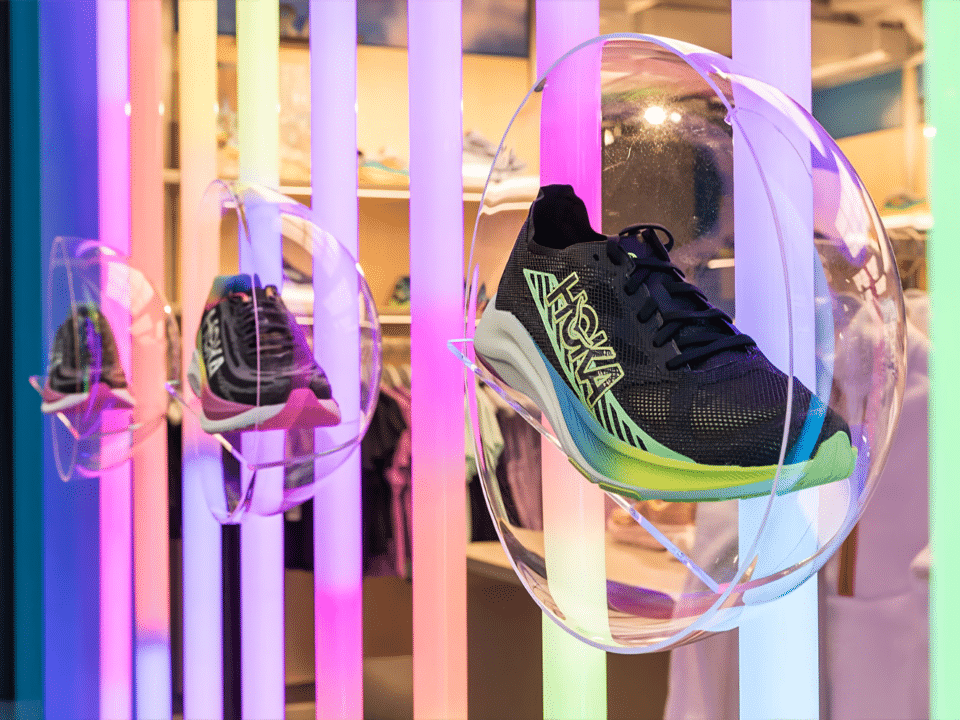How store designer gpstudio creates spaces for community
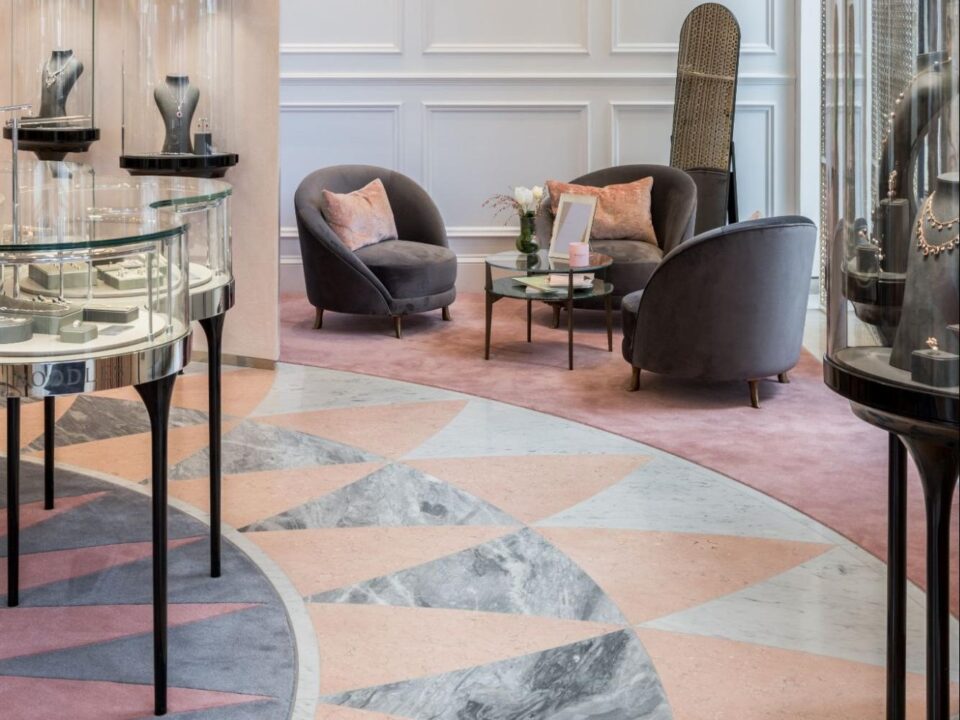
Community isn’t just a buzzword for brand design agency gpstudio. It’s the ethos that the company brings to every project, working with brands to create engaging experiences that are tailored to their customers.
With every project director-led, gpstudio lives and breathes the world of its clients to design meaningful and relevant physical experiences and brand touchpoints.
This deep understanding might explain why the company has such a high client retention rate, completing 1859 projects in 27 countries for just 99 clients since 2004. Among them is British success story Gymshark, one of the best current examples of community-led retailing.
Is community a viable strategy for every brand though? Gpstudio Founding Partner Gregor Jackson and Director Alex Wateridge believe so – if it’s coming from a place of authenticity.
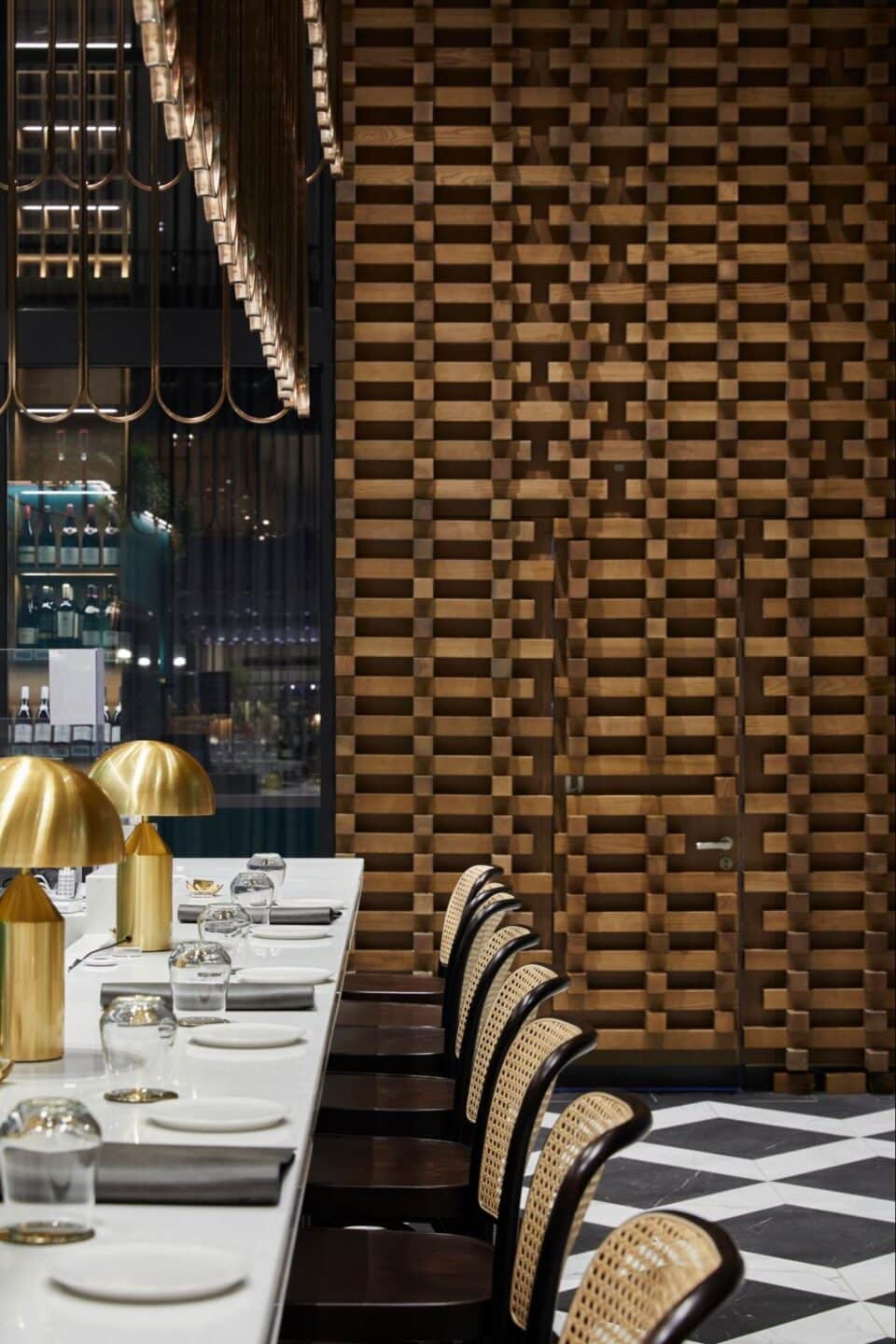
Image courtesy of gpstudio
What makes gpstudio different from other design agencies?
Gregor: Brands will often say to us ‘you understand us better than we understand ourselves’. This understanding allows us to work in lots of different ways from store design for brands like Boodles to designing concepts for the giant department stores of Shinsegae and Lotte in S.Korea.
We also carry out strategy, branding and communications work, including working with the Co-op in the Channel Islands, and create guidelines for retail tenants for large mixed-use developments like St James Quarter in Edinburgh.
Alex: What’s unique about gpstudio is the attention to getting under the skin of a brand. The reason we have retention of clients over a long period of time is that we understand them so well. It’s the deep dive and building the narrative with the brand that allows us to design a space that serves that brand and their community.
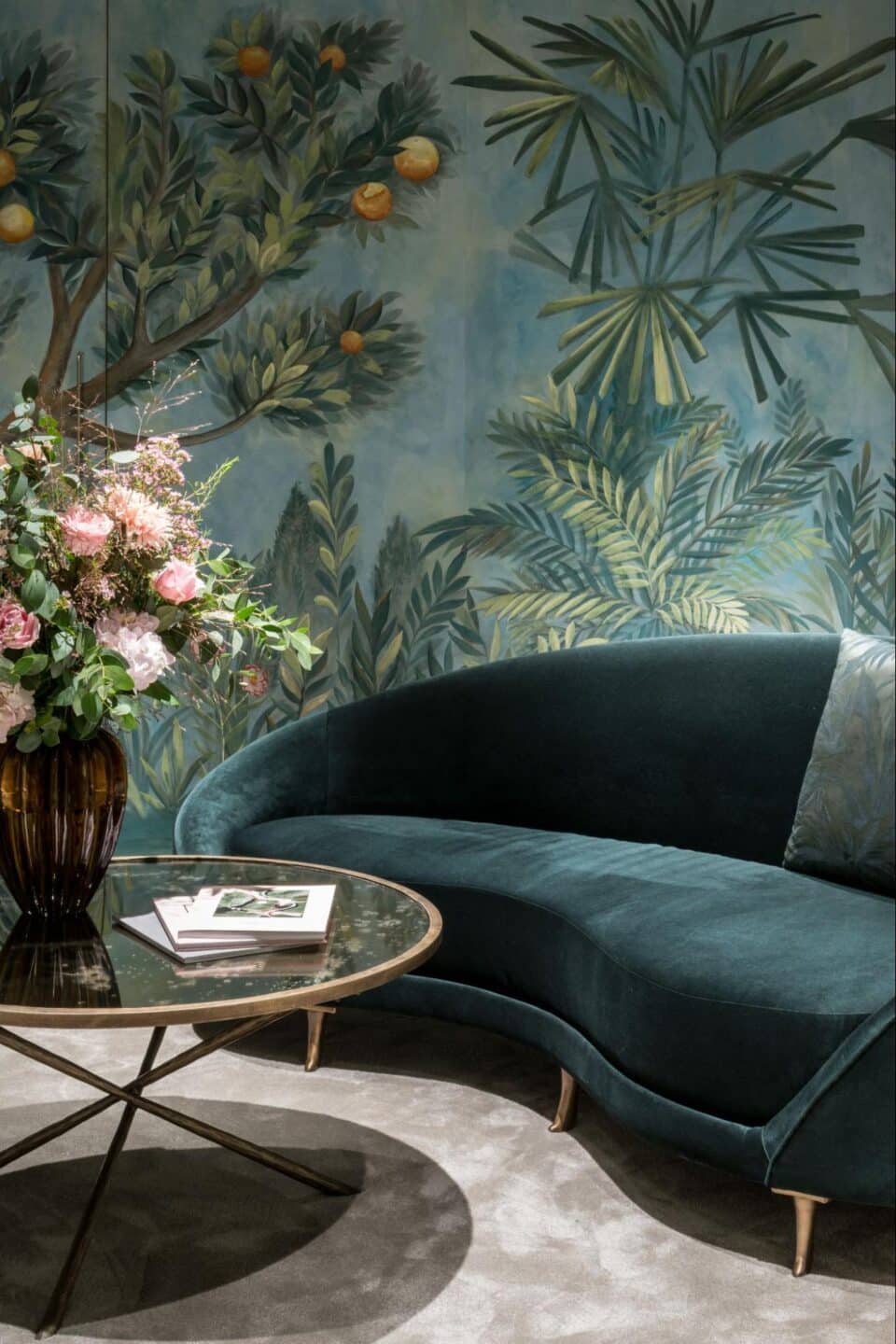
Image courtesy of gpstudio
A lot of your work has a strong focus on a brand’s community. How do you approach creating a physical space for that community?
Gregor: One of our clients Gymshark is such an exciting brand. They’ve grown this whole social community online by being truly authentic.
A great example of this is Gymshark66, a 66-day challenge about making little changes and taking incremental steps in improving your life and well-being.
That’s their ethos and almost what they’re selling as a brand and then the product naturally flows from that.
The brand wants to pull their online community into the space, so we designed something that’s agile and authentic. It’s a hub for their consumers to immerse themselves in the brand and be with like-minded people.
The merchandise fixtures in the Stratford store are genuine squat rack hardware so that the product can be moved, and workout sessions and events can take place on the shopfloor. The fitting rooms are specifically designed so that customers can take photos and video for social media.
Even customers who know their size and fit and could just shop online, go to the stores to actually be in the space and feel like part of that community.
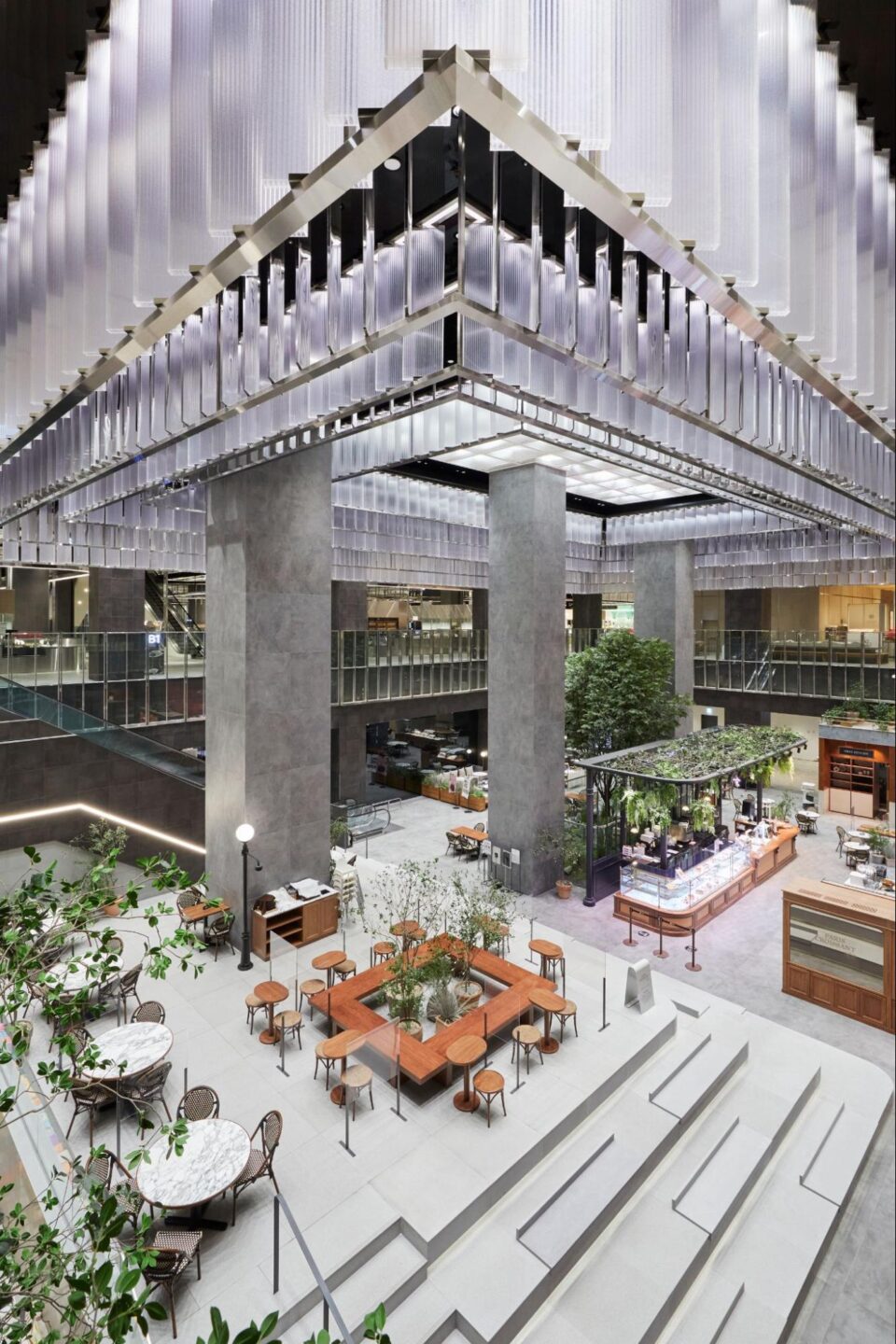
Image courtesy of gpstudio
In contrast, we also work with Boodles, who are a family-owned British jewellers established in 1798.
We spent a lot of time early on just understanding them as a business. We wanted to understand their product and their product ranges and understand who their customers are, so we could translate that into the physical store.
We shifted the narrative from the store being a purely transactional space into it being a brand home with a very different atmosphere and customer journey. It’s a more relaxed setting where customers can pop in for a few minutes just to talk to staff or get answers to questions without having to sit down with someone. Or you can spend a long time in the space and immerse yourself in the brand and the transaction will happen at some point on the journey.
Alex: In the Bond Street store, there are lounges, bars and dining rooms so customers can come in just to spend time watching Wimbledon with the staff because you feel like you’re in their home. It’s a whole different community built around physical space where the transaction is not necessarily at the forefront.
Gregor: It works because the Boodles staff are so personable and know their clients exceptionally well as individuals. The consumers start to feel like part of the family and just embrace the brand fully.
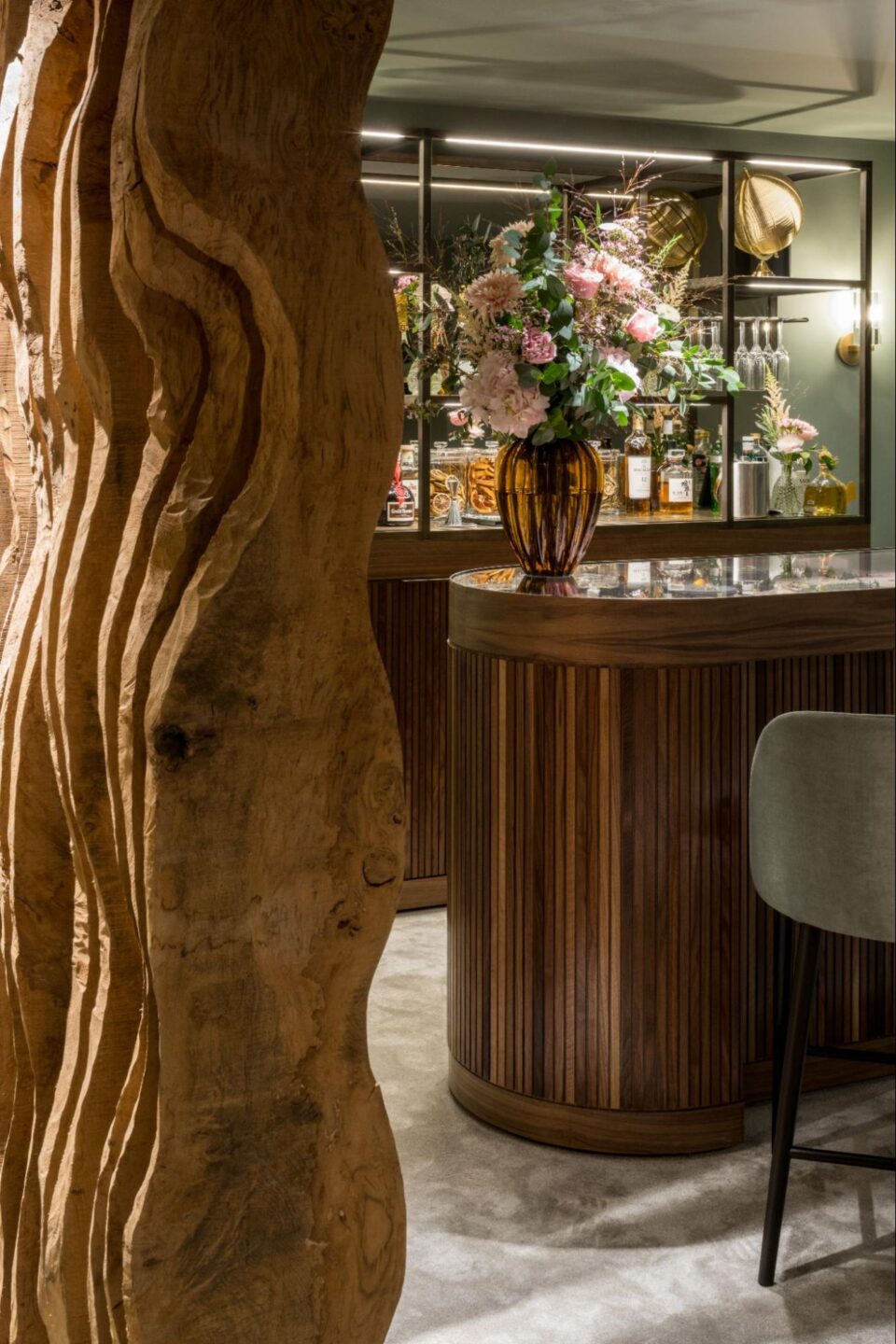
Image courtesy of gpstudio
Do you think all brands are capable of building a genuine community?
Gregor: If there’s an authenticity to what they’re talking about or offering or representing, I think any brand can build a community. You’ve got to have a good product first and foremost. But you also need to have a genuine authentic message or ethos or purpose.
Alex: If the brand is genuine and honest and it has integrity, yes there’s definitely a community. If it’s not, then people might not believe it or buy into it.
Inversely, brands that jump on, for example, sustainability in the short term may see an uplift in sales but consumers quickly see through it. It doesn’t stand the test of time.
Brands with genuine communities give a level of intimacy to the consumer. If the brand loves what they do, values what they do and has passion for what they do, they do more than just sell a product. They’re actually making the consumer feel safe, empowered, comfortable, fulfilled.
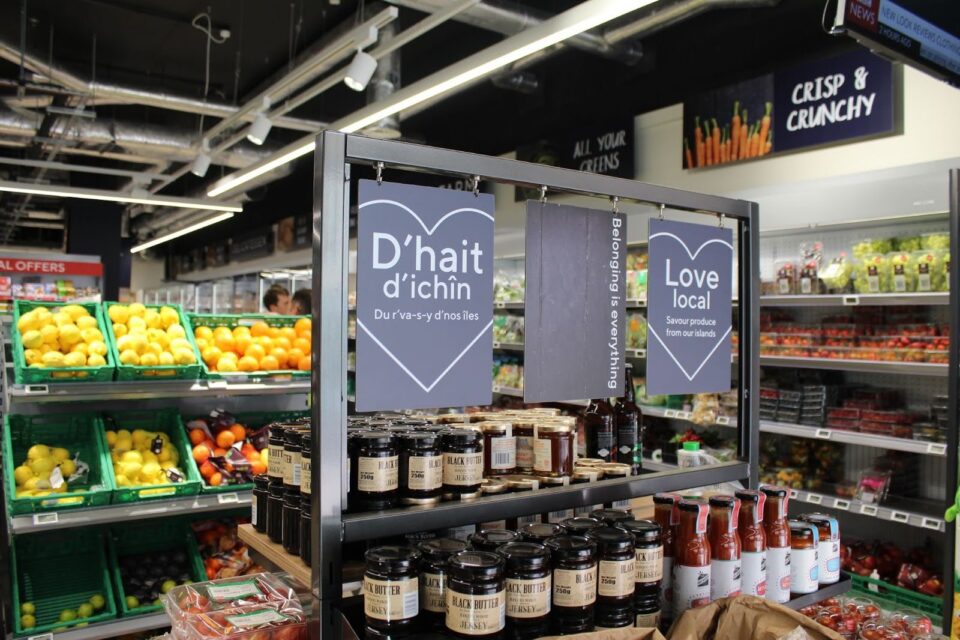
Image courtesy of gpstudio
What is the power of physical retail?
Alex: There’s this undeniable hunger people have for human interaction. Even if you’re not purchasing, the visceral feeling of walking into a Gymshark store – the lights, the music, the service – is something that you can’t replicate through a screen.
Gregor: For Gymshark, the lift events and the pop-up stores that they’ve opened are a fantastic opportunity for them to build a buzz around the brand before a physical space launches.
We’re seeing more and more that brands realise they can be in a country and that will have a ripple effect on online sales or just the fact that they have a physical presence in that country shows that it’s an authentic brand.
Alex: It builds trust in the brand. When you step into a brand world you feel part of it and almost can’t imagine going to another brand because you’ve emotionally attached yourself to them. And that means you probably would go the extra mile to visit their stores or buy their products.
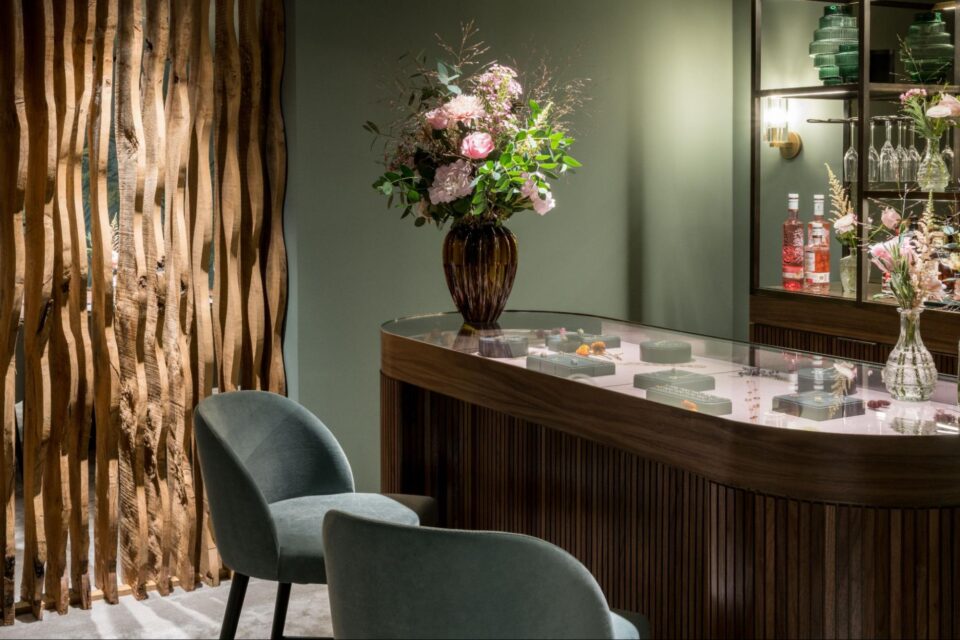
Image courtesy of gpstudio
How will community-led retail evolve in the future?
Gregor: I don’t see it as a fad or a trend. If it is genuinely part of your DNA and you project it in an authentic honest way, I think it is here to stay.
People crave human contact and engagement, so if anything, I see that being amplified even more in the future. I think there’ll be more of a curator’s role, where someone is representing your community and bringing it into the store through events etc.
There’s a lot of talk about how the high street is dead. I think the stores that are dead are the ones that haven’t been agile or stayed true to their consumers or understand their consumers. Good retail is about connecting with other people.
Alex: Everything can be done so easily at home now, so you’ve got to give someone a really good reason to go out. That means the physical store is going to have to be more immersive, more interesting, more community based. There’s got to be more there than just a transaction because that can be done at home very easily.
It costs a hell of a lot to have a physical store. So, if brands are still doing it – which they are everywhere – it must be so valuable. Brands invest so much in physical space and community is because both are so essential. I think it’s only going to get more and more interesting and creative and varied.
Want to look at your retail store with fresh eyes? Book a retail safari and discover the design concepts that connect with consumers.

